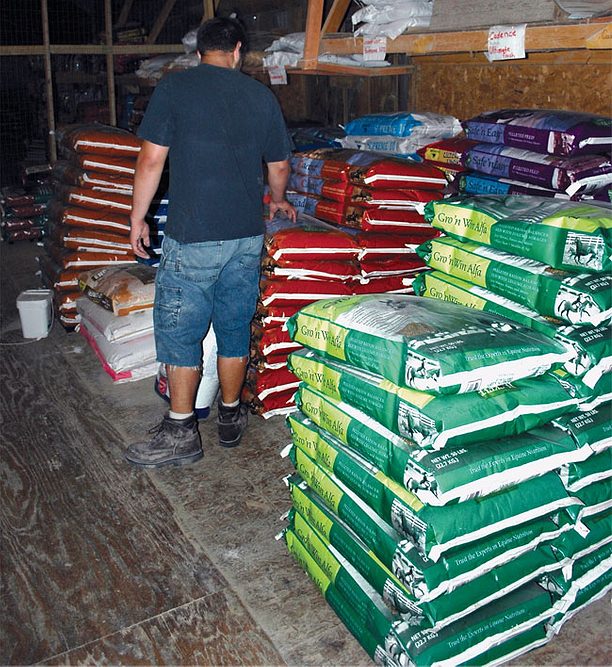American Farriers Journal
American Farriers Journal is the “hands-on” magazine for professional farriers, equine veterinarians and horse care product and service buyers.

Knowing how to properly interpret all of the information that is supplied on a feed tag isn’t all that difficult. Plus, it can help you explain to your clients whether the feed that they are buying is really the very best ration for their horses.
For many horse owners, buying feed is more of a habit than an intellectual process.
The usual routine goes something like this: Stand in line at the feed store, ask for “6 bags of the 12%,” heave the feed in the back of the truck and drive home without much of a second glance at the ingredients or the nutrition included in the sack.
Chances are, your hoof-care clients rarely take the time to read that little label sticking out from the bag. That’s a shame, because the tag attached to each bag of commercial horse feed can supply a wealth of information to the horse owner who reads the fine print. Learning to interpret the information supplied by the manufacturer isn’t all that difficult, and it can help you explain to clients whether the feed they’re buying is truly the best choice for their horses.
The Uniform State Feed Bill, developed by the Association of American Feed Control Officials (AAFCO), regulates commercial feed products. The bill, which became effective in 1994, sets guidelines for the content and format of feed labeling. The vast majority of states comply with the AAFCO format. The exact nutritional content of a feed tag may vary somewhat from state…